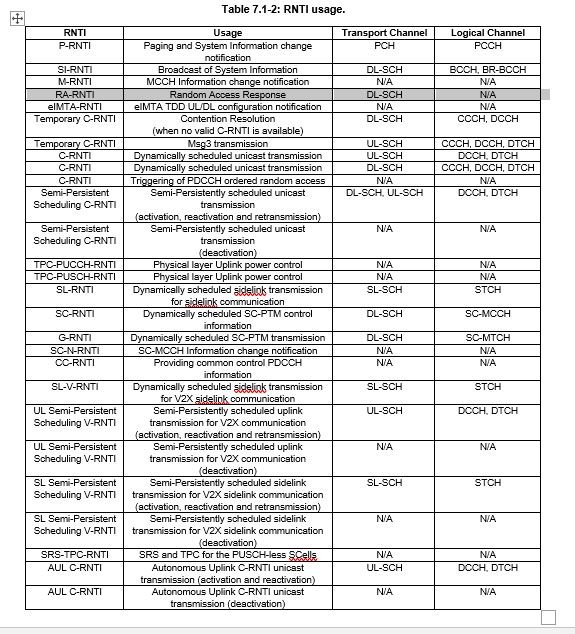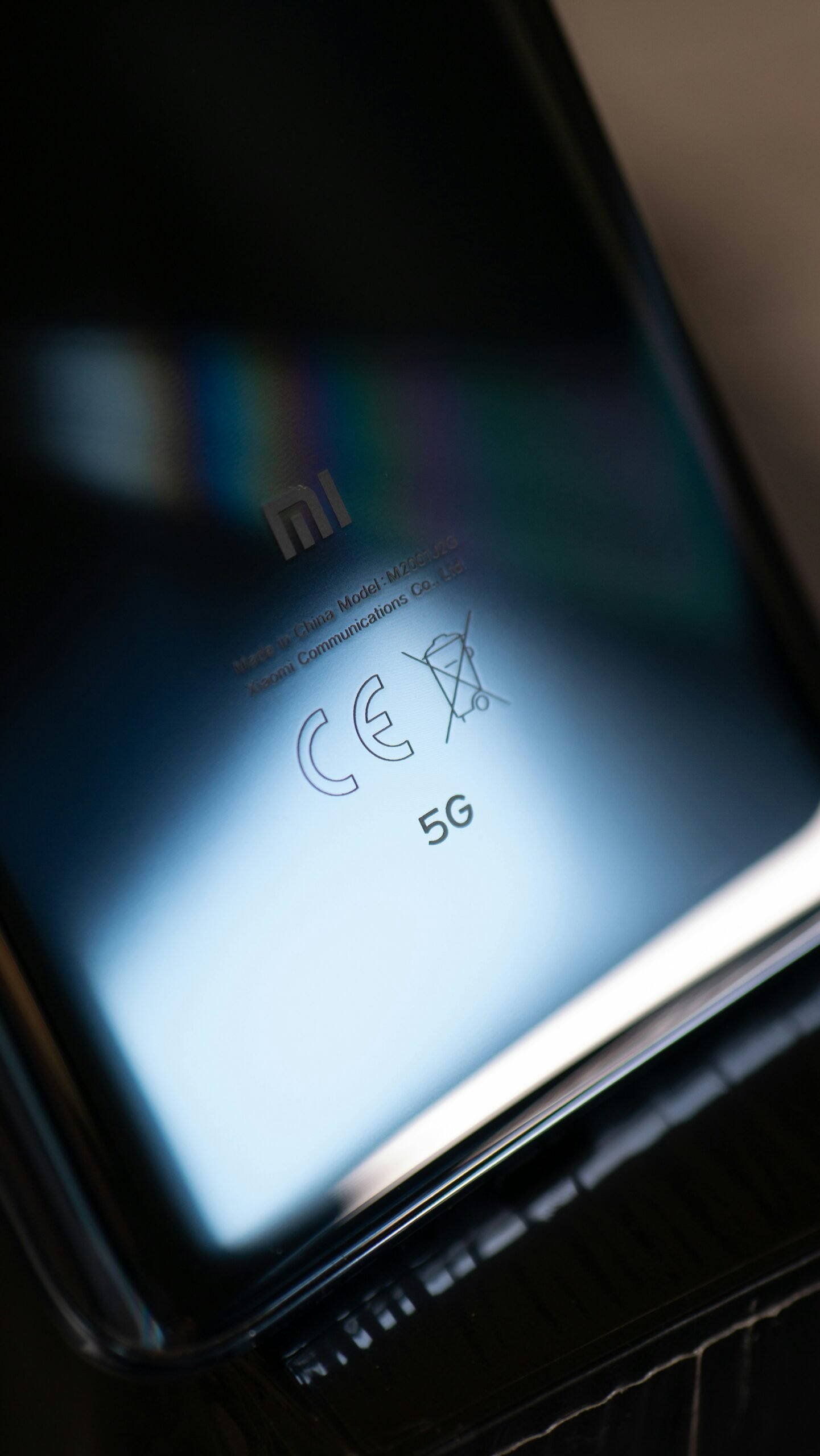Introduction
5G, the fifth-generation wireless technology, promises to revolutionize the way we connect and communicate. As the deployment of 5G networks continues to expand, the demand for professionals with expertise in the physical layer of 5G technology is growing. To help you prepare for interviews in this field, we have compiled a list of commonly asked 5G interview questions and their corresponding answers.
1. What is the physical layer in 5G?
The physical layer in 5G refers to the lowest layer of the network architecture responsible for transmitting and receiving wireless signals. It deals with the modulation, coding, and transmission of data over the air interface between the base station and the user equipment.
2. What are the key features of the physical layer in 5G?
The key features of the physical layer in 5G include:
– Massive MIMO (Multiple-Input Multiple-Output): 5G utilizes multiple antennas at both the transmitter and receiver to increase data rates, improve signal quality, and enhance network capacity.
– Beamforming: It allows the network to focus the transmission in a specific direction, improving signal strength and reducing interference.
– Millimeter Wave (mmWave) Technology: 5G leverages high-frequency bands in the mmWave spectrum to achieve faster data rates and lower latency.
– Advanced Modulation Schemes: 5G employs advanced modulation techniques such as 256-QAM (Quadrature Amplitude Modulation) to increase data throughput.
– Ultra-Dense Networks: 5G networks are designed to support a higher number of connected devices per unit area, enabling the Internet of Things (IoT) and other emerging applications.
3. How does 5G differ from previous generations of wireless technology in terms of the physical layer?
5G introduces several advancements in the physical layer compared to previous generations, such as:
– Higher Frequencies: 5G utilizes higher frequency bands, including mmWave, to achieve faster data rates and greater capacity.
– Massive MIMO: 5G employs a significantly larger number of antennas, allowing for better spatial multiplexing and increased network capacity.
– Beamforming: 5G networks use beamforming techniques to focus the transmission in the direction of the user, improving signal quality and coverage.
– Advanced Modulation Schemes: 5G supports higher-order modulation schemes, enabling higher data rates and improved spectral efficiency.
– Ultra-Dense Networks: 5G networks are designed to support a higher density of connected devices, paving the way for IoT and smart city applications.
4. What are the challenges in implementing the physical layer of 5G?
Implementing the physical layer of 5G poses several challenges, including:
– Signal Propagation: Higher frequency bands used in 5G have shorter wavelengths, leading to increased path loss and susceptibility to blockage by obstacles.
– Interference: With the deployment of a larger number of antennas, interference management becomes crucial to ensure optimal performance.
– Power Consumption: The use of multiple antennas and advanced modulation schemes can increase power consumption, requiring efficient power management techniques.
– Cost: The deployment of 5G infrastructure, including massive MIMO antennas and mmWave equipment, can be expensive, requiring careful cost optimization strategies.
5. How does 5G address the challenges in the physical layer?
To address the challenges in the physical layer, 5G incorporates various techniques, including:
– Beamforming: By focusing the transmission in the direction of the user, beamforming mitigates the effects of signal propagation and improves coverage.
– Adaptive Modulation and Coding: 5G adapts the modulation and coding schemes based on channel conditions, optimizing data rates and spectral efficiency.
– Interference Management: 5G employs advanced interference cancellation techniques to mitigate the effects of interference and improve overall system performance.
– Energy-Efficient Design: 5G incorporates energy-saving mechanisms, such as sleep modes and dynamic power control, to reduce power consumption and enhance battery life.
– Cost-Effective Solutions: 5G standards promote the use of cost-effective hardware and software solutions to ensure the widespread adoption of the technology.
Conclusion
As the world embraces the era of 5G, understanding the physical layer of this technology becomes crucial for professionals in the field. By familiarizing yourself with these interview questions and answers, you can confidently showcase your knowledge and expertise in 5G’s physical layer during job interviews. Remember to stay updated with the latest advancements and industry trends to stay ahead in this rapidly evolving field.



